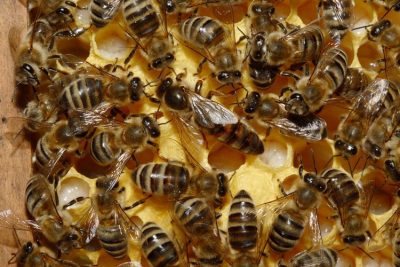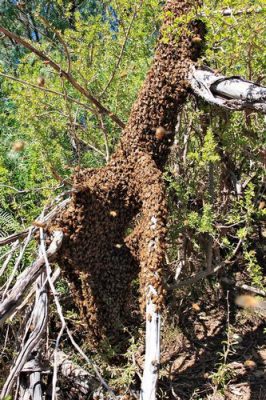The demogenetic strategy of bees
PDFThe characterization of species by a set of life-history traits – such as reproductive age and fecundity – that oppose two major types of demographic (or demogenetic) strategies, one (called ‘r’) of rapid multiplication and dispersal in unstable or ephemeral habitat, and the other (called ‘K’) of survival and competition in stable or predictable habitat, is a stimulating heuristic but not a complete and rigorous conceptual framework. Thus, many species combine life traits that are a priori typical of these two opposing strategies. This is the case of social insects and other so-called eusocial species, such as mole rats and dwarf mongooses, which are characterized by both the high fecundity of the reproducers (an a priori ‘r’-type characteristic) and the care of the young (a ‘K’-type characteristic).

In other words, when it involves the help of other members of the group (adults or subadults), the evolution of care for the young relaxes the constraints on the fecundity of the breeders, while restricting that of the parental helpers – whose sexual maturation, in eusocial species, is inhibited by the presence of an adult breeder of the same sex in the colony.

All in all, despite their small size and the high fecundity of the reproductive females, the demogenetic strategy of a bee colony is similar to that of the ‘K’ species in terms of the limited fecundity/productivity of the social groups (colonies in the case of eusocial species), the longevity of the reproducers and the care of the juveniles, which, overall, reduce the vulnerability of the social groups to the unpredictable variations of their habitats.
Notes and references
Cover image. Worker bee loaded with pollen. [Source: © Jacques Joyard]
[1] Ellis, J., 2012. The honey bee crisis. Outlooks Pest Manag. 23:35-40.




